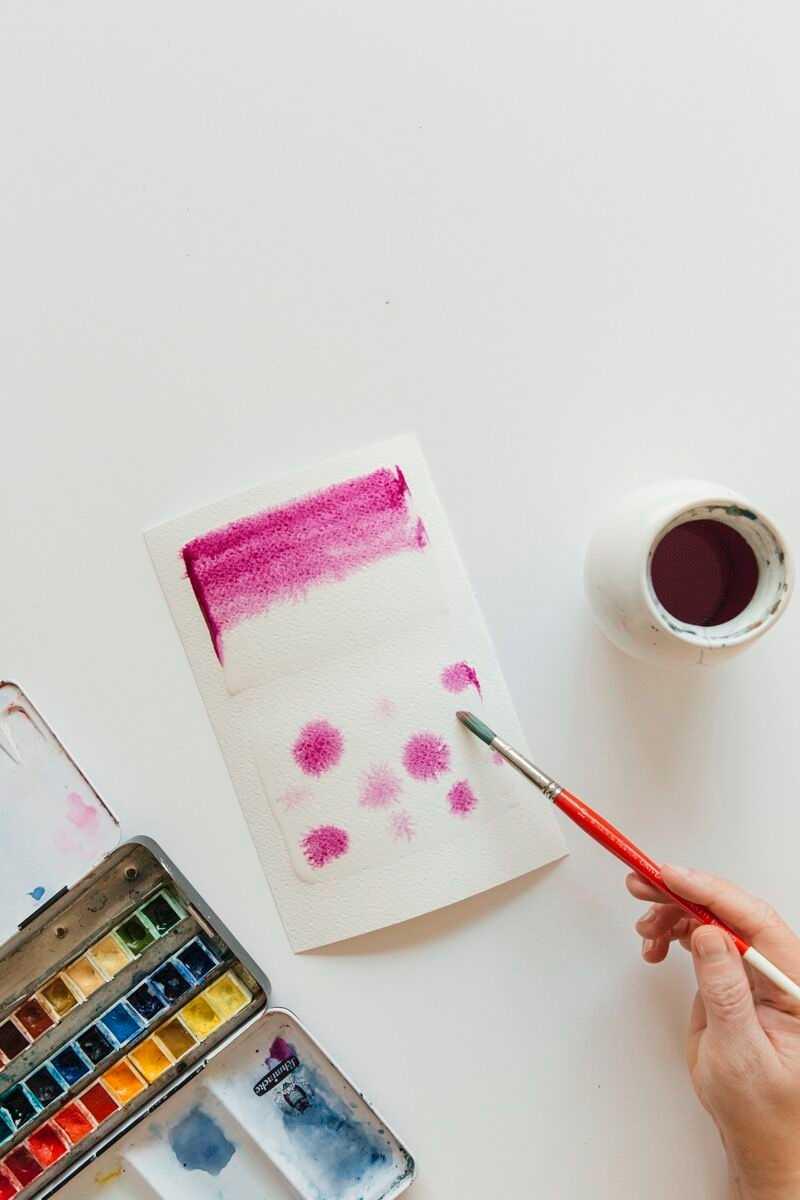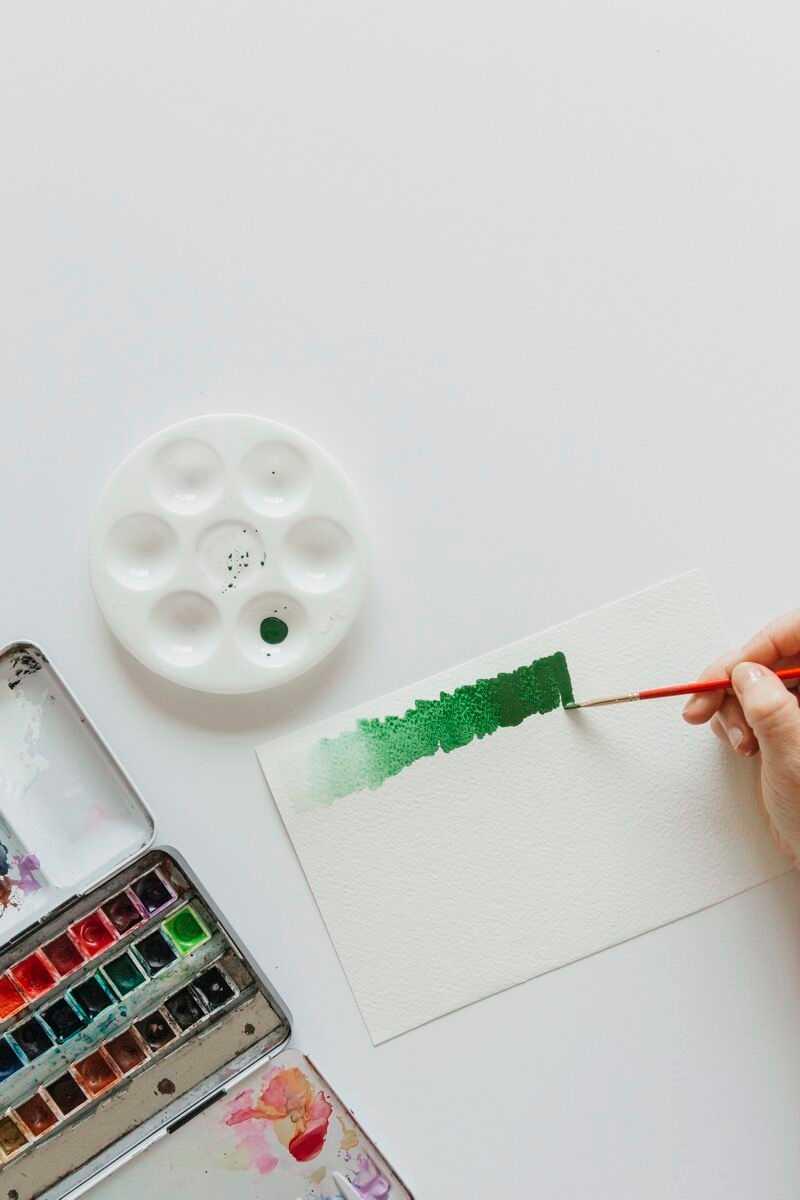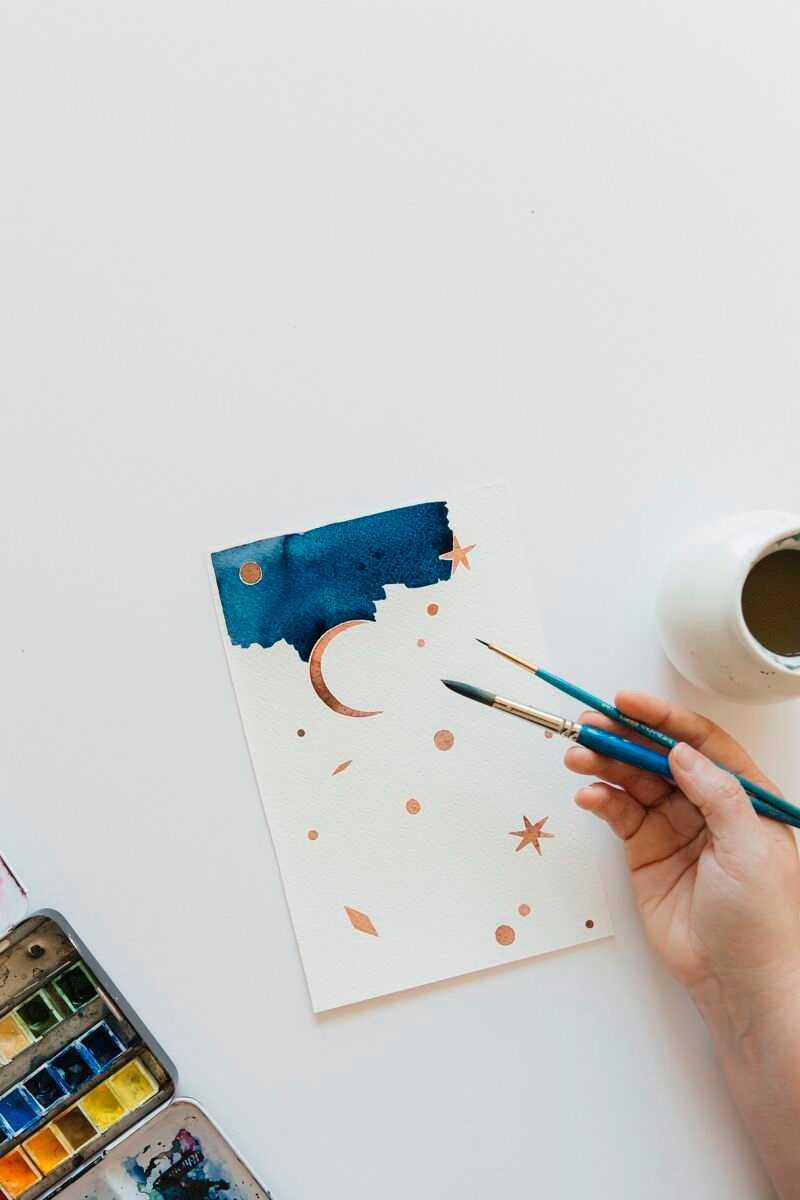5 Simple Watercolor Techniques for Beginners
Curated from: artsy.net
Ideas, facts & insights covering these topics:
6 ideas
·618 reads
4
Explore the World's Best Ideas
Join today and uncover 100+ curated journeys from 50+ topics. Unlock access to our mobile app with extensive features.
Getting comfortable with watercolour
Watercolour can be daunting for beginners and some experienced artists alike.
However, with some easy warm-up activities, you'll begin to understand how watercolour really works and become comfortable with your paints.
18
258 reads
The wet-on-wet method
Adding wet paint to a wet surface is used for painting landscapes, simple skies, or soft watercolour washes. It gives a flowy look as we don't have much control over how our paint reacts.
- Wet your brush with plain water and "paint" two rectangles with the clear water.
- Pick up moistened paint from your palette and add colour to your first wet rectangle.
- Add dabs of paint to your second rectangle.
When your paint has begun to dry, see how different it looks.
20
89 reads
The wet-on-dry method
Wet paint over a dry area is used for more precise and defined shapes.
- Start with dry paper and pick up some moistened paint with a large brush, then simply paint.
- The opacity or lack of transparency will depend on how much water you mix in.
- Using the minimum amount of water will leave a sketch-like finish.
When the paint is completely dry, notice how the colours tend to fade and look different.
20
73 reads
Building up colour
This activity will enable you to build up colour from plain water to a saturated paint mix.
- Start with a dry area of watercolour paper. Put a small amount of water into your palette and a dab of concentrated paint next to it.
- Pick up a bit of the clean water with your brush and paint a strip.
- Add a tiny bit of pigment into your water, and paint where you left off with the clear water. Rinse and pat your brush on a piece of cloth or paper.
- Repeat the process by adding a bit more paint to your water until you have a good transition from water to concentrated paint.
21
68 reads
Creating gradients
In this activity, we will build up colour, working with two colours and transitioning from one to the other.
- Use colours close together on the colour wheel to create harmony, such as green and yellow, blue and purple, red and orange.
- Mix two separate colours side by side. Aim for a 50/50 ratio of water to paint for each colour.
- Paint a strip of the one colour. Clean your brush, pick up a bit of the second colour and mix it into your first mixture.
- Pick up where you left off, each time adding a bit more of your second colour.
20
59 reads
Getting precise
This practice will help to paint around the edges of shapes.
- Paint simple shapes on your dry piece of watercolour paper.
- Paint around these shapes in a different colour. Use different sized brushes - a smaller for more detailed areas and a larger for filling out larger areas.
- Ensure you have enough blue paint (about 50/50 water to watercolor). Keep the blue area moist to pick up where you left off.
- Get really close to each shape without touching the first shape.
20
71 reads
IDEAS CURATED BY
Hunter B.'s ideas are part of this journey:
Learn more about education with this collection
How to manage anxiety and self-doubt
Strategies for setting realistic goals
The importance of self-compassion and self-care
Related collections
Similar ideas
5 ideas
Why Is Bob Ross Still So Popular?
theatlantic.com
6 ideas
Here's how wildfires get started—and how to stop them
nationalgeographic.com
4 ideas
The best free drawing software for 2022
techradar.com
Read & Learn
20x Faster
without
deepstash
with
deepstash
with
deepstash
Personalized microlearning
—
100+ Learning Journeys
—
Access to 200,000+ ideas
—
Access to the mobile app
—
Unlimited idea saving
—
—
Unlimited history
—
—
Unlimited listening to ideas
—
—
Downloading & offline access
—
—
Supercharge your mind with one idea per day
Enter your email and spend 1 minute every day to learn something new.
I agree to receive email updates





